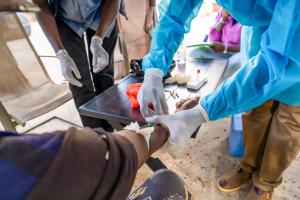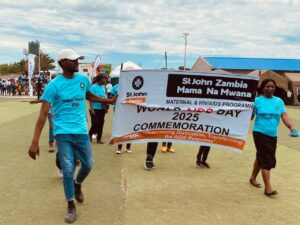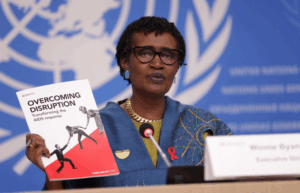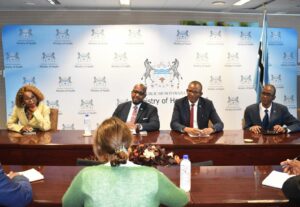Every October, Morocco joins the global Pink October campaign, a key initiative dedicated to combating breast cancer. Through a nationwide campaign led by the Ministry of Health and Social Protection, the Kingdom intensifies efforts to raise awareness and improve care for a disease that remains the most common form of cancer among Moroccan women.
A Targeted National Campaign
Launched on October 1, 2024, the national campaign focuses on awareness and screening for breast and cervical cancers. The initiative will run across the country throughout the month, in line with the objectives of the National Cancer Prevention and Control Plan, which prioritizes early detection.
Cancer: A Public Health Priority
Official data from the Ministry highlights the severity of the problem: cancer is the second leading cause of death in Morocco, after cardiovascular diseases, accounting for 13.4% of fatalities. Approximately 40,000 new cancer cases are diagnosed each year. Among them, 36% involve women with breast cancer, with an average incidence of 137.3 cases per 100,000 inhabitants.
The latest cancer registry report (2018–2021) confirms this prevalence, showing that breast and cervical cancers represent 39.1% and 6.5% of all female cancers, respectively.
A positive development is that 64.5% of breast cancers are now diagnosed at stages I and II, improving treatment outcomes. The Ministry emphasizes the importance of regular screening for women aged 40 to 69, noting that three-quarters of cases occur in women over 50. The campaign aims to communicate that, statistically, one in eight women may develop breast cancer during her lifetime.
Research Data and Impact of Care
A collaborative study by Moroccan and international researchers (including the International Agency for Research on Cancer) involving 1,901 patients diagnosed between 2008 and 2017 revealed diverse profiles:
-
Age: 52% of patients were under 50; 28% were between 50 and 59; and 19% were over 60.
-
Hormonal status and family history: 49% were premenopausal, and 11% had a family history of cancer.
-
Socioeconomic context: 80% lived in urban areas, and 47% had health coverage for vulnerable populations.
Analysis of their treatment pathways clearly demonstrated the importance of comprehensive care: patients who received full treatment achieved disease-free survival rates of 88% at three years and 80% at five years. These figures contrast sharply with those of less well-managed patients, whose rates fell to 62% and 50%, respectively. Only 53% of women in the study received follow-up in line with standard protocols.
Persistent Challenges: Social Disparities and Delayed Diagnosis
Despite intensified efforts during Pink October, major challenges remain, particularly territorial and social disparities. Experts note that women in rural and disadvantaged areas face significant structural barriers:
-
Lack of infrastructure: Insufficient healthcare facilities and personnel in certain regions.
-
Indirect costs: Expenses often considered prohibitive for vulnerable populations.
Additionally, diagnostic delays remain a concern. The absence of modern equipment—especially anatomical pathology laboratories—in many regional hospitals can prolong the time between the first consultation and cancer confirmation by several months. Such delays often lead to late-stage diagnoses, reducing chances of recovery and increasing mortality, particularly far from major medical centers.







OTHER ARTICLES
Rift Valley Fever in Senegal: On the Frontline to Protect Communities
Zambia : commemorates world AIDS day
UNAIDS releases its 2025 World AIDS Day report: Overcoming disruption, transforming the AIDS response